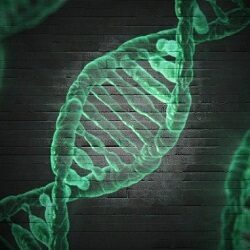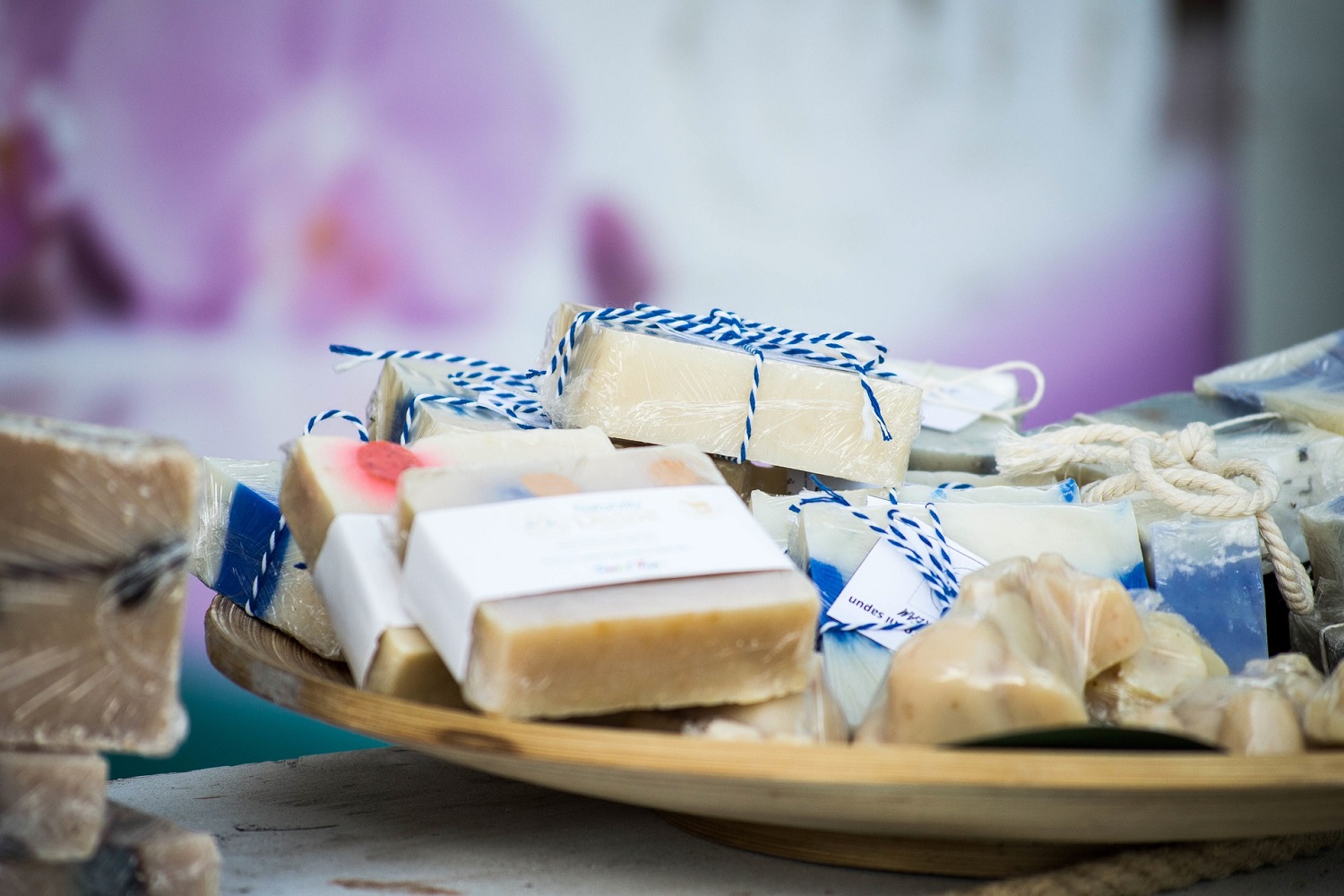Bleach things – a few simple ways to do it at home
How do you feel about fans of cleanliness and whiteness? They often seem like slightly strange people whose lives are very boring and have nothing else to do but scrub floors and wash clothes every day. But everyone has their own peculiarities.
In today’s article, we will tell you how to whiten white things at home quickly and easily, as well as give some of the easiest and most convenient ways.
General rules
Things lose their whiteness not only when they are worn, but also when they are mishandled. For example, fabrics made of natural threads, such as cotton and linen, should not be washed with synthetic or woolen items – they become gray.
I think everyone knows about the ban on washing white and colored clothes together. If you break it, you can get the most unexpected and not always pleasant consequences.
The addition of baking soda in the water for washing will help to avoid the possible appearance of gray stains on clothes.
If you want your clothes to last longer, then do not use bleaching too often – once every three or four washes is enough. Otherwise, there will be rapid wear and tear of the fabric, its thinning and reduction of strength, which will lead to holes or elementary sprawling at the seams.
As for washing in a washing machine, use special store-bought liquid bleach or white laundry detergent, which already contains bleaching agents.
Before using any bleach, be sure to read the instructions for the type of laundry: white, colored, synthetic, natural fabrics, etc. Observe the manufacturer’s recommended dosage.
Store-bought bleach
They all fall into four large groups:
- optical;
- chlorine-containing;
- oxygen;
- mixed.
Optical bleaches. These products contain light-reflecting components, which are deposited on the fabric after washing, reflect the light and due to this thing seems white. That is, in fact, no bleaching as a chemical reaction occurs.
This is the gentlest way to bleach things, because it does not damage the fabric, and it is often found in expensive detergents. An example of such a substance is blue (methylene blue).
Contraindication for its use – colored items, because they can fade or get hard to rinse white stripes.As for chlorine bleaches, in the past this was the most common method to make things snow-white. The chlorine actively oxidizes the dirt, which makes things really cleaner.
The advantage of such a bleach is the low price. The disadvantages are the gradual destruction of tissue, pungent odor, irritating effect on the mucous membranes and skin, and a categorical ban on the use of wool and silk. In addition, with prolonged storage, things washed in such a bleach, gradually turn yellow due to chlorine residues.
Oxygen bleaches are suitable for both natural and synthetic fabrics. The oxygen released by them interacts with contaminants, oxidizing them, like chlorine, but without its toxicity. They are more gentle to fabrics and do not destroy them as strongly as chlorine. The only disadvantage is the price, especially in detergents.
Which of the bleaches to use, you decide for yourself, based on your preferences, goals and monetary possibilities.
Folk remedies
The good old-fashioned method is boiling. Its only disadvantage is that it is only suitable for cotton fabrics. It is contraindicated for synthetics.
The general rule is to put things in an enamel pan, pour water, pour detergent and boil for about 30 minutes on low heat, periodically turning the clothes with a wooden spatula.
But for synthetic fabrics is well suited common table salt. Take 2 tablespoons of salt per 1 liter of water and soak the clothes in this solution. The water should be warm. After 20 minutes – rinse and squeeze things well.
Another indispensable helper is laundry soap. But even with it you need to know how to handle it correctly. Do not rush to soap things right away. First soak them for a couple of hours in cool water to remove the dirt. Then change the water to hot, soap things up, the more the better and leave for half an hour. Then rinse and rinse thoroughly.
Boric acid will also help to whiten things. 1 tablespoon dissolved in a liter of water will make them white and at the same time disinfect them from the presence of possible fungus. So, feel free to use it to wash white socks, if you have such in your closet.
Hydrogen peroxide and mildly hydroperite will help whiten a blouse or shirt. The proportions are usually as follows: 3 tablespoons per 10 liters of water. Soak the laundry for half an hour to an hour, wash and dry in direct sunlight so that the peroxide is finally dissolved in the light of the emission of free oxygen, which will serve as a bleach.
If you use not peroxide, and hydroperitol, then for the same amount of water you will need 9 tablets.
A thermo-nuclear agent that you have to be careful not to damage the fabric, but that works very effectively is a mixture of peroxide, salt, laundry detergent and ammonia. You will need warm water of 35-40 degrees, 1 tablespoon of pharmacy ammonia, 3 tablespoons of peroxide, 1 tablespoon of laundry detergent and a handful of salt. This amount is dissolved in 10 liters of water and soak the laundry for 20-30 minutes, then rinse very thoroughly.

